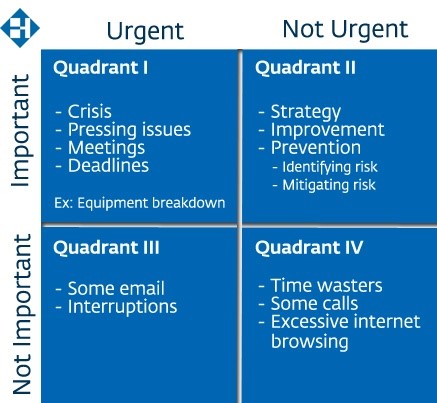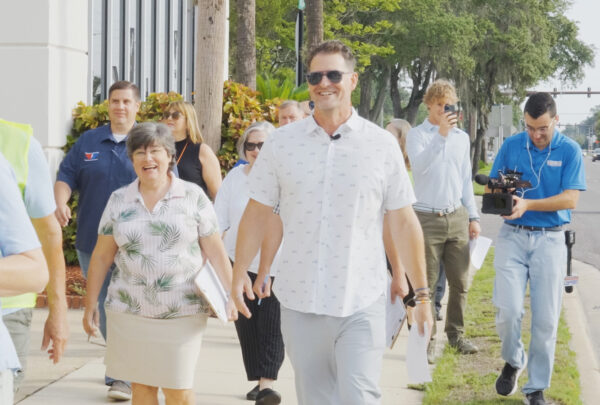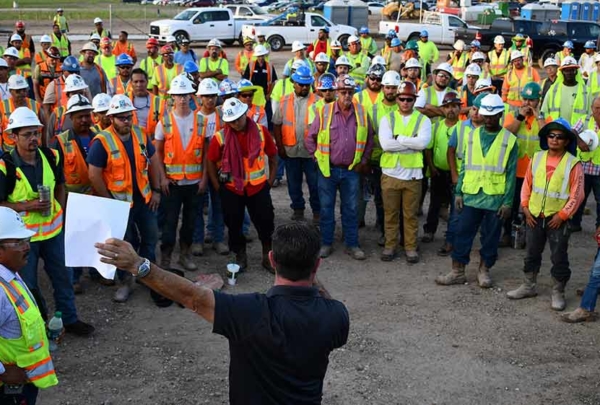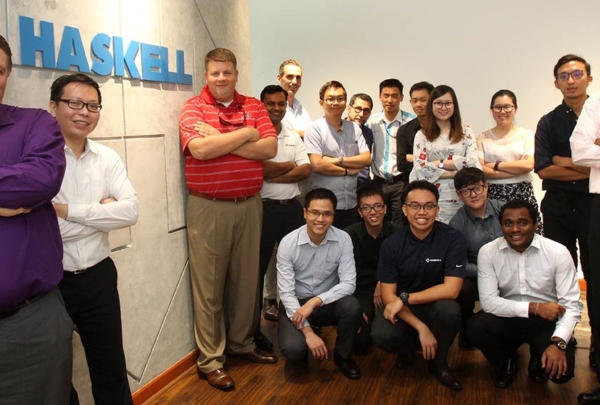When you need an oil change, you know you need an oil change.
Your car flashes a light at you on the dashboard. You see that expired sticker glaring at you every time you step foot inside your car. So what do you do? You may change it immediately or, like many others, you may wait. You don’t wait because you view it as unimportant; you wait because it’s hard to define the urgency. Your car could be okay for 5,000 more miles or could break down in 5 miles. It’s hard to say.
What does all this have in common with assessing project risk within your manufacturing facility? According to Haskell’s Paul Perkins, Director of Material Handling, it has plenty in common.
“The reason why we tend to wait to get an oil change seems to be the same reason manufacturers wait to mitigate a risk. It’s the ambiguity of it all,” Perkins said. “There’s no way to know for certain what could happen if steps are not taken to avoid an identified risk. I ask my customers, ‘Are you willing to find out how much waiting could cost you?’”
Identifying Risk is Only Half the Battle
Most manufacturers take the appropriate first steps when entering a project. First, they identify all the risk associated with a project and then, create a mitigation plan for each. Developing this plan is rarely the issue. The issue is when manufacturers know the risk and have the plan to avoid it, but do not follow through.
Like acknowledging your light flashing on your dashboard, merely identifying risk is not enough. You must actively take steps to mitigate the risk.
The Ambiguous Gap
Waiting to mitigate a risk does not necessarily mean the project team does not care. It could simply mean that they do not see it as an urgent action item. The ambiguous gap between identifying and mitigating risk makes it difficult to validate the reasoning to invest capital and time into something that MIGHT happen.
Can you definitively say how long your car would run without getting an oil change after the suggested mileage? Your car could run perfectly, or it could break down at any point past the identification of the risk. The same goes for your manufacturing system.
High Importance, Low Urgency
In the matrix below, you will see the breakdown of what tasks you could spend time on throughout the day. Some of them are pressing issues that need to be handled immediately and others can just be distractions.

The unfortunate part about identifying and mitigating risk is that it lands in Quadrant II, where tasks are important, but not urgent. These tasks are often overlooked because they do not have to be done immediately, though they are equally as important.
The danger in waiting to identify and mitigate risk in Quadrant II is that the delay can quickly result in an important, urgent issue costing millions.
Preventative Maintenance Costs: Contingency
Whether you go to your neighborhood mechanic or change your oil yourself, you have to make an investment to mitigate the risk of having a breakdown. In manufacturing, project managers refer to this preventative investment as contingency.
Simply put, contingency is the cost or time reserve that is used to manage identified risk. Although it should be applied to prevent issues, some project managers make the mistake of saving this contingency and using it only if the risk should occur. Unfortunately, this cost tends to be much more than the cost it would have been to prevent it. Just consider the cost of an oil change versus the cost of a tow truck, the rental and possibly, a new car.
Mitigating Risk Offers Peace of Mind
During your project, anything can happen, but taking risk adverse steps can provide you with peace of mind. Consider how good you feel after you finally get an oil change or significant car maintenance. You can feel the same way when you mitigate risk in your manufacturing facility. You can free your mind to focus on other critical tasks.
There’s no sure way of defining how much an unmitigated risk will cost you. The question is – Are you willing to put your facility in jeopardy to find out?
For more information, contact Haskell’s Consumer Products division leader, Erik Lightner.










